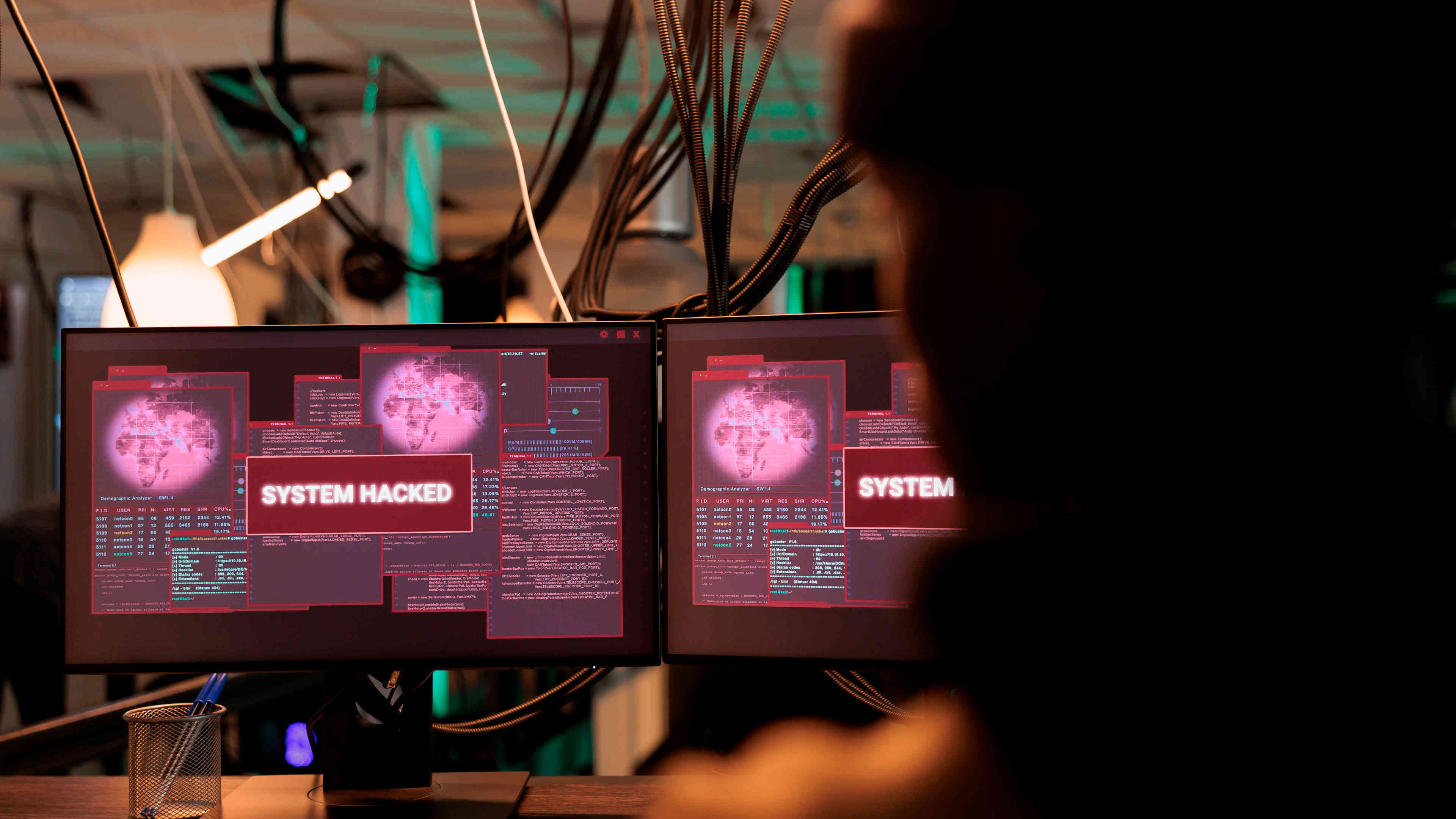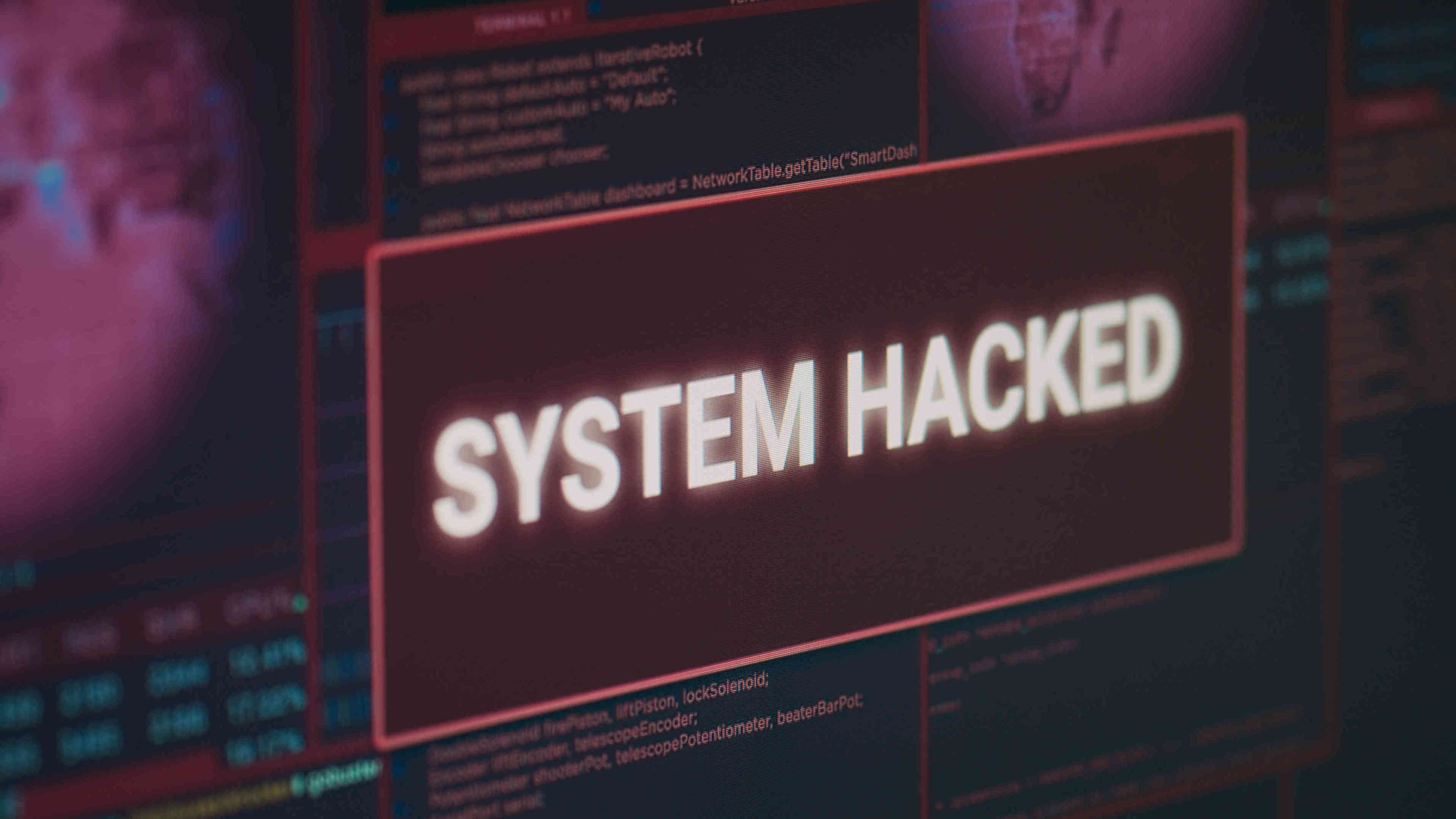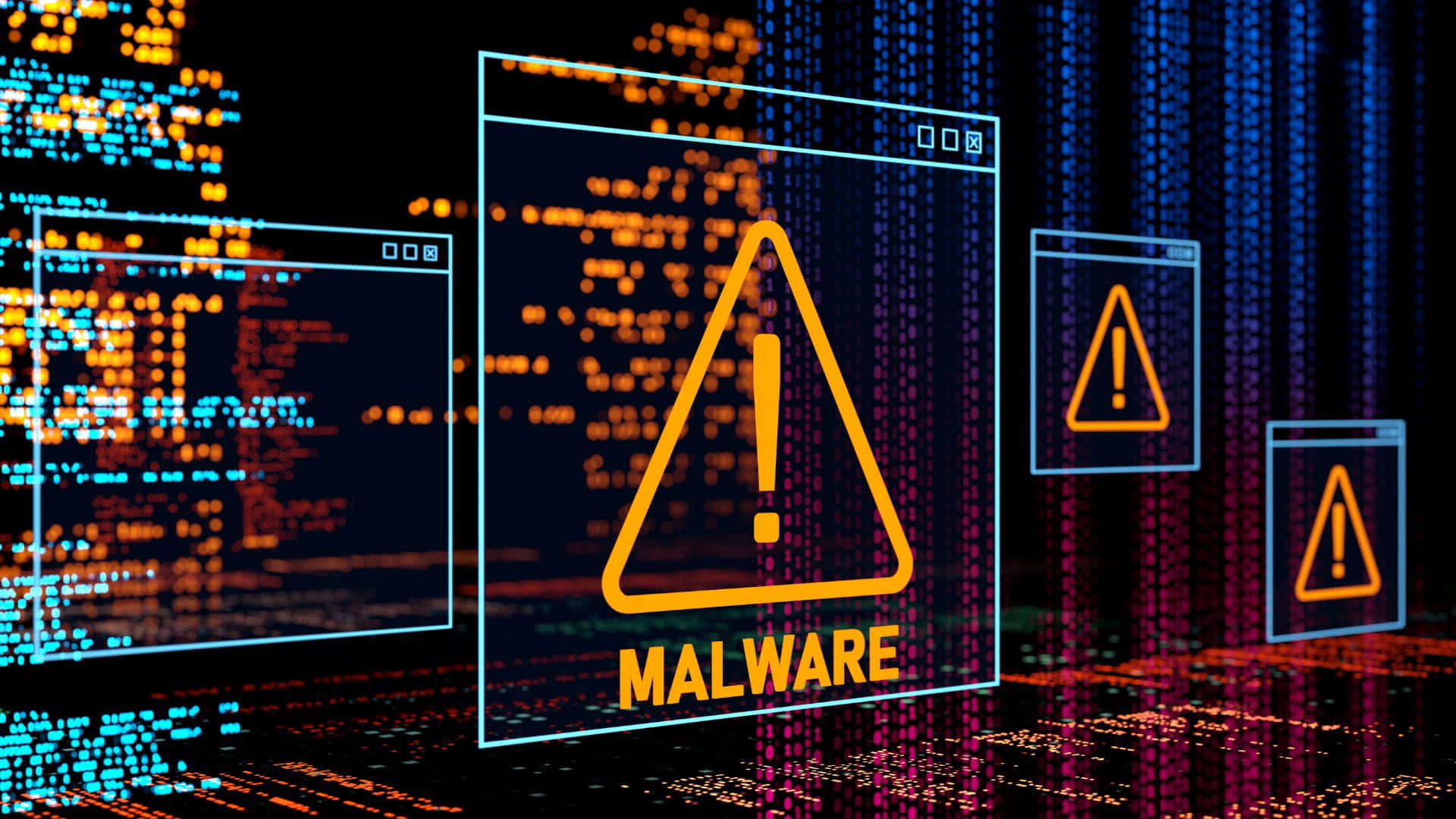Unpacking the Security Implications of Pupy RAT
Cyberattacks targeting Linux systems in Asian campaigns have experienced a resurgence, propelled by the utilization of the Pupy Remote Access Trojan (RAT). This malware's multifunctional nature has caught the attention of Linux admins, infosec professionals, and sysadmins, highlighting the persistent threat posed by versatile malicious software.
Pupy RAT boasts intricate capabilities, ranging from remote command execution to information theft and keylogging. Its ability to evade detection makes it a preferred tool for cybercriminals aiming to compromise systems in the Asian region. This resurgence serves as a stark reminder of the critical need for robust cybersecurity measures in today's evolving threat landscape. As attackers pivot towards targeting less conventional operating systems like Linux, the importance of vigilant cybersecurity practices and advanced protection mechanisms cannot be overstated.
These targeted attacks prompt pertinent questions: How can security practitioners fortify their defense strategies against multifunctional malware like Pupy RAT, especially when it targets less mainstream operating systems? What are the potential long-term ramifications of threat actors exploiting known vulnerabilities in the cybersecurity landscape, particularly in regions increasingly susceptible to such attacks?
Safeguarding Against Pupy RAT and Similar Threats
Mitigating the risk posed by threats like Pupy RAT requires a multi-faceted approach. Organizations and individuals must prioritize regular system updates, deploy advanced threat detection solutions, and educate users on the dangers of phishing and social engineering tactics. Proactive cybersecurity practices, coupled with ongoing education and awareness initiatives, are essential to effectively counter the multifaceted risks posed by such malware. Staying abreast of the evolving threat landscape is paramount, emphasizing the significance of maintaining a robust cybersecurity posture.
Understanding the Evolution of Cyber Threats
To effectively combat cyber threats such as Pupy RAT, it's crucial to understand the evolving landscape of cyberattacks. Historically, Windows operating systems have been primary targets for malware due to their widespread use. However, as Linux gains popularity, particularly in server environments and IoT devices, cybercriminals are adapting their tactics to target these systems. This shift underscores the importance of not only securing traditional platforms but also diversifying security measures to protect emerging technologies.
Analyzing Pupy RAT's Modus Operandi
A detailed examination of Pupy RAT's functionalities and propagation methods can provide valuable insights for security practitioners. By dissecting its code and exploring its capabilities, researchers can uncover patterns of behavior and potential vulnerabilities that can be exploited for defense purposes. Additionally, understanding how Pupy RAT spreads across networks and compromises systems can inform the development of targeted countermeasures and detection mechanisms.
Assessing Regional Variations in Cyber Threats
While the resurgence of Pupy RAT may be particularly pronounced in the Asian region, it's essential to recognize that cyber threats are global phenomena with localized variations. Factors such as geopolitical tensions, economic conditions, and regulatory environments can influence the prevalence and sophistication of cyberattacks in different regions. By analyzing these nuances, cybersecurity professionals can tailor their strategies to address region-specific challenges and vulnerabilities effectively.
Strengthening Collaboration and Information Sharing
In the face of sophisticated cyber threats like Pupy RAT, collaboration and information sharing among security experts, industry stakeholders, and government agencies are paramount. By pooling resources and sharing intelligence, organizations can enhance their collective ability to detect, analyze, and respond to emerging threats in real-time. Platforms such as Information Sharing and Analysis Centers (ISACs) play a crucial role in facilitating such collaboration and fostering a united front against cyber adversaries.
Investing in Emerging Technologies for Defense
As cyber threats continue to evolve, so too must the technologies and techniques used to defend against them. Emerging technologies such as artificial intelligence (AI), machine learning (ML), and behavior-based analytics hold promise in augmenting traditional security measures by identifying and mitigating threats proactively. By investing in research and development in these areas, organizations can stay ahead of adversaries and better protect their systems and data from sophisticated attacks like those facilitated by Pupy RAT.
Conclusion
In conclusion, the resurgence of Pupy RAT targeting Linux systems serves as a stark reminder of the ever-present and evolving nature of cyber threats. To effectively mitigate these risks, organizations must adopt a multi-faceted approach that combines proactive defense strategies, continuous monitoring, collaboration, and investment in emerging technologies. By staying informed, remaining vigilant, and fostering a culture of cybersecurity awareness, stakeholders can collectively strengthen their defenses and minimize the impact of malicious actors in an increasingly interconnected digital world.










